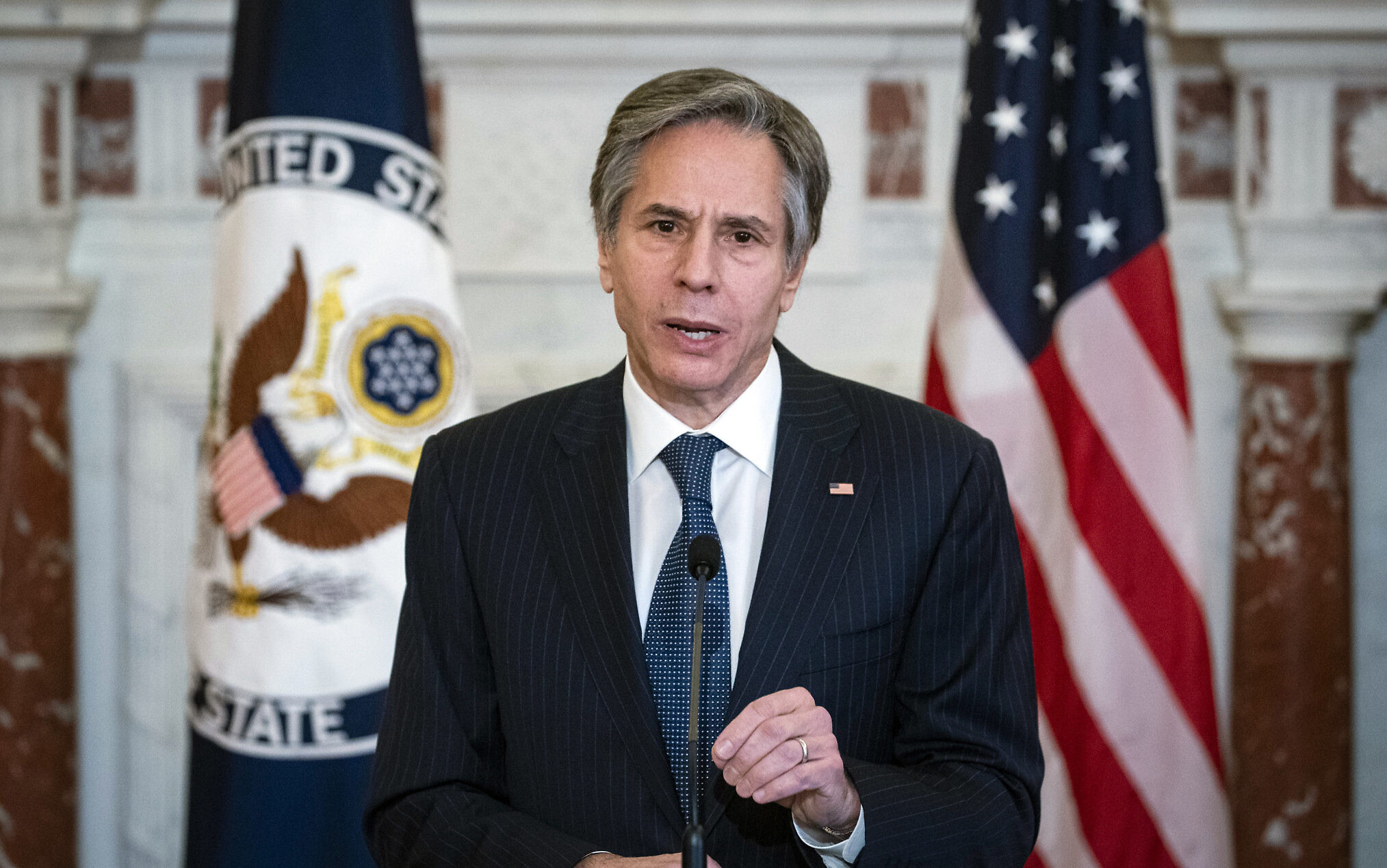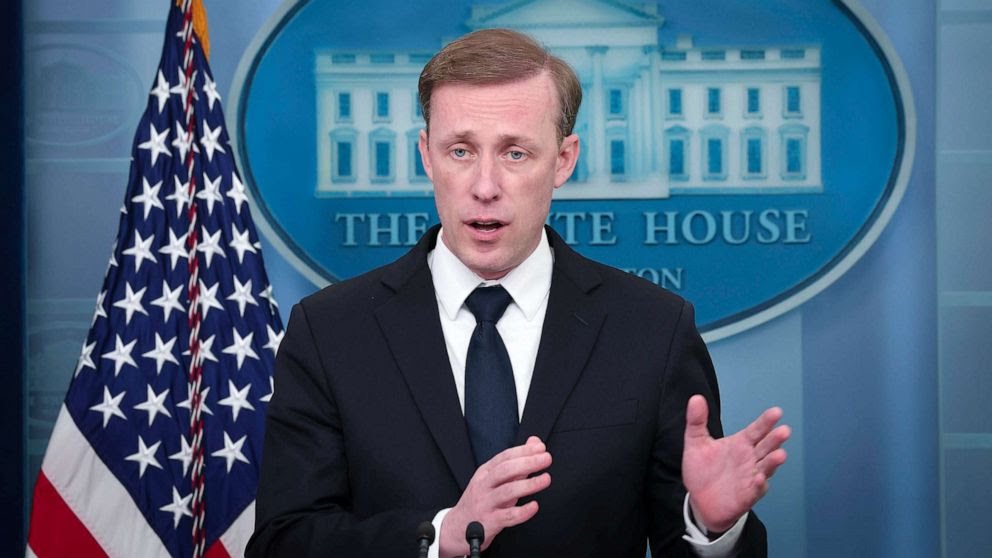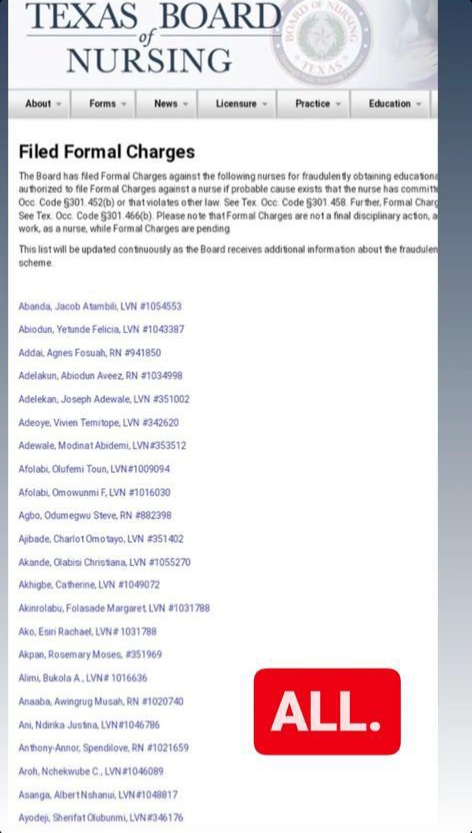Foreign News
North Korea Test Fire Another Ballistic Missile With 12,000Km Range Capable Of Reaching US In Minutes
On Saturday, February 18, North Korea fired a long-range ballistic missile into the ocean off the west coast of Japan after threatening a retaliatory strike against impending military exercises by South Korea and the US.
According to the Japanese authorities, the missile entered the EEZ of Japan more than an hour after it was launched, raising the possibility that it was one of Pyongyang’s biggest missiles.
Fumio Kisihda, the prime minister of Japan, stated that the missile seemed to be of the ICBM-class, or intercontinental ballistic missile, variety. He denounced the launch and described it as a danger to the global society.

Japanese Defence Minister Yasukazu Hamada said the missile appeared to have a range of more than 14,000 km (8,700 miles) – sufficient to reach the U.S. mainland.
Tokyo said there were no immediate reports of damage to ships or aircraft.
In South Korea, which denounced the launch as a “clear breach of U.N. Security Council resolutions”, the joint chiefs of staff said the missile had flown about 900 km (560 miles) before splashing into the sea.
This is North Korea’s first missile firing since Jan. 1 and came after Pyongyang threatened on Friday February 17, an “unprecedentedly persistent, strong” response as South Korea and the United States prepare for annual military exercises as part of efforts to fend off the North’s growing nuclear and missile threats.
Following Saturday’s launch, South Korea’s National Security Council convened a meeting and agreed to increase cooperation on security with Washington and Japan.
Seeking to present a united front with South Korea and Japan, U.S. Secretary of State Antony Blinken described the launch as a “provocative” act in remarks alongside his counterparts from the two countries on Saturday.
“The result of these actions by North Korea is simply to even further solidify the work that we do together, the alliance that we share, and our commitment to the defense of our partners and allies,” Blinken said on the sidelines of the Munich Security Conference.
The White House said it was taking necessary measures to protect the U.S. homeland and regional allies, but that the launch did not pose any immediate threat.
North Korea which now has nuclear weapons fired an unprecedented number of missiles last year, including ICBMs that are capable of striking anywhere in the United States, while resuming preparations for its first nuclear test since 2017.
North Korea’s ballistic missile and nuclear weapons programmes are banned under U.N. Security Council resolutions, but Pyongyang says its weapons development is necessary to counter “hostile policies” by Washington and its allies.





